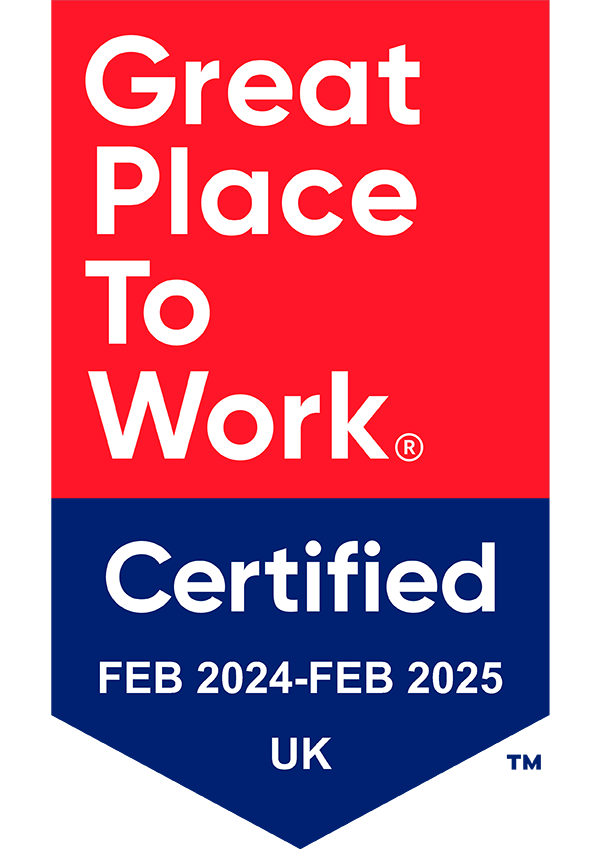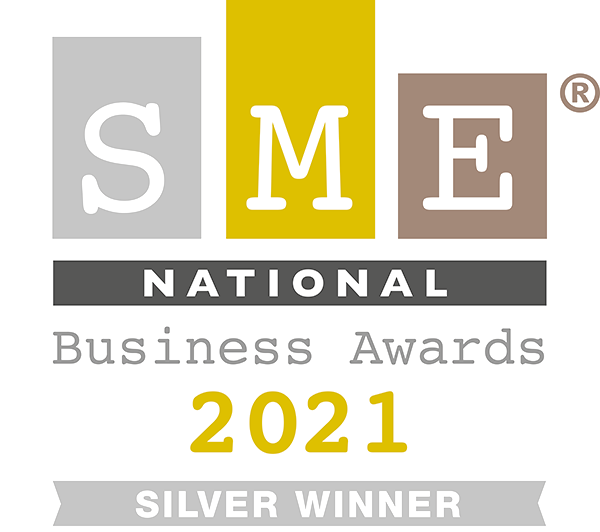B2B Sales is marked by dynamic changes, fierce competition, and a constant pursuit of efficiency. To stay ahead, organisations must optimise their Sales strategies, and one such proven strategy is B2B Appointment Setting. This article will jump into the intricacies of this approach, its benefits, and the steps to effectively implement it in your Sales process.
B2B Appointment Setting: Unveiling the Concept
B2B appointment setting, in essence, is a strategic approach within the Sales process where skilled Sales representatives initiate contact with potential clients, qualify them, and schedule meetings or presentations to discuss a product or service. The ultimate goal is to forge personal relationships with potential customers, thereby boosting the probability of securing a sale.
The process of B2B appointment setting is not limited to just phone calls or emails. It encompasses a multitude of steps, including extensive research, qualification of leads, personalisation of communication, and relationship building. In simple terms, it is about leveraging your lead generation efforts to attract interested individuals who are ready to explore your product or service further.
The Rationale: Why B2B Appointment Setting is Indispensable
There are several compelling reasons that make appointment setting a valuable part of your B2B Sales strategy.
Boosting Lead Generation
One of the key benefits of appointment setting is the substantial increase in Sales leads. By proactively reaching out to potential clients and building relationships, you are essentially creating more opportunities for your business. Appointment setting acts as an open door to more leads by paving the way for a meeting with potential clients.
Enhancing Personalisation and ROI
B2B Sales often involve intricate products or services that necessitate a profound understanding of the customer’s needs and pain points. Appointment setting empowers Sales representatives to build rapport and address concerns in real time, thereby increasing the likelihood of securing a sale. A study by Belkins across 25 industries revealed that the average ROI is a $10 return per $1 invested.
Connecting with Engaged Clients
Appointment setters scrutinise buying signals such as company news, tech stack, job changes, and current challenges before reaching out to potential customers. Connecting with customers who have demonstrated interest maximises your chances of closing a sale.
Identifying the Suitable Candidates for Outbound Appointment Setting
Before delving into the process of B2B appointment setting, it is crucial to identify the types of companies that would benefit the most from this strategy. If your company meets the following criteria, you are well-positioned to invest in appointment setting:
High-value products: If your top-tier product is priced at around $500, outbound lead generation may not be a sensible investment. However, if your product or service comes with a hefty price tag, appointment setting could yield a high return on investment.
Lengthy Sales cycles: Companies with B2B Sales cycles of 3 to 6 months or longer generally benefit more from appointment setting.
Multiple decision-makers: Enterprise-level companies often have a complex decision-making process and are an excellent target for cold outreach.
Conversely, B2B companies with a price tag under $500 might find more value in Marketing automation, targeted webinars, and inbound lead generation strategies.
Demystifying the B2B Appointment Setting Process
The process of appointment setting can be broken down into six key steps. Here’s a closer look at each stage.
Research and Qualification
The foundation of your cold outreach campaigns lies in the first step: research and qualification. This involves identifying your target audience, segmenting your market, and verifying contacts. LinkedIn Sales Navigator, ZoomInfo, and Apollo are handy tools for finding and validating prospects and enriching them with buying signals.
Crafting Outreach Messages
The next stage involves creating compelling, personalised messages that address the prospects’ pain points and interests. Focus on the value proposition and deliver it in a clear, concise manner. According to Woodpecker, highly personalised emails with custom variables hit a 17% reply rate on average, against 7% for nonpersonalised ones.
Outreach and Follow-ups
Now, it’s time to send out your cold emails and follow-ups. We recommend sending no more than 3-4 follow-ups to avoid being perceived as intrusive. Combining email, LinkedIn, Twitter, and even cold calls can maximise your chances of booking appointments.
Scheduling and Confirmation
Once a positive response is received, the next step is to book an appointment with a Sales rep. Automated solutions like Calendly or Chili Piper can simplify this process by calculating time zone differences and suggesting suitable time slots for both parties.
Connection and Follow-up
Use the meeting as an opportunity to connect and follow up with each potential client via email. Highlight important points from the conversation and recap how your team can help them achieve their goals.
Reporting and Analysis
The final step involves analysing your performance and tracking metrics such as the number of appointments booked, their outcomes, and conversion rates.
Understanding the Role of an Appointment Setter
B2B sales, the terms ‘Sales Development Representative’ (SDR) and ‘Appointment Setter’ are often used interchangeably. However, there’s a slight distinction. While an appointment setter focuses on generating leads, booking meetings, and confirming/rescheduling appointments, an SDR is responsible for discovery calls, developing relationships, and qualifying leads.
Weighing the Pros and Cons of Outsourcing Appointment Setting
Outsourcing appointment setting to a third-party service provider could be a viable option, depending on your company’s needs and resources. However, it’s important to weigh the pros and cons before making a decision. While outsourcing can provide access to a wider pool of prospects and expertise, improve productivity, and save costs, there could be potential risks such as misaligned goals, communication challenges, and reduced quality of customer interactions.
Conclusion
In conclusion, B2B appointment setting is a robust strategy that can help businesses optimise their lead generation efforts, build meaningful relationships with potential clients, and consequently, boost sales. Despite its complexities and time-consuming nature, with the right approach and resources, businesses can leverage this strategy to drive growth and stay competitive in the evolving B2B landscape.











